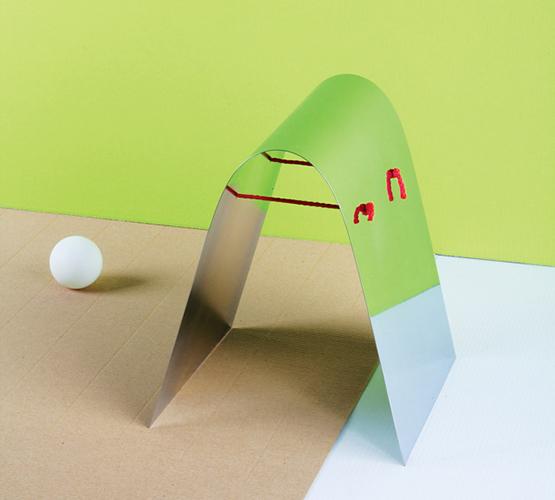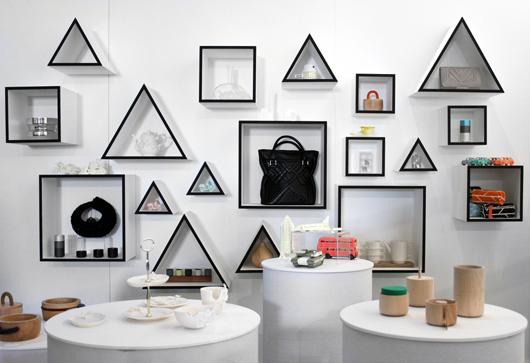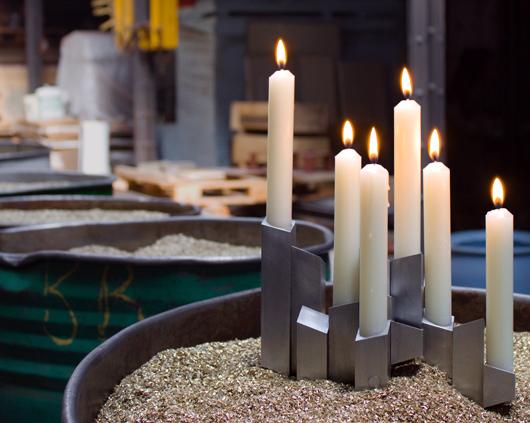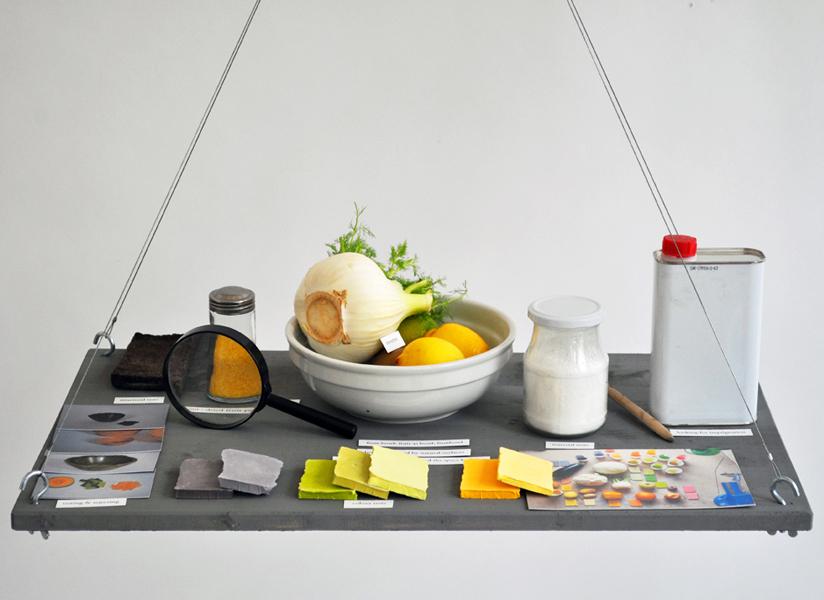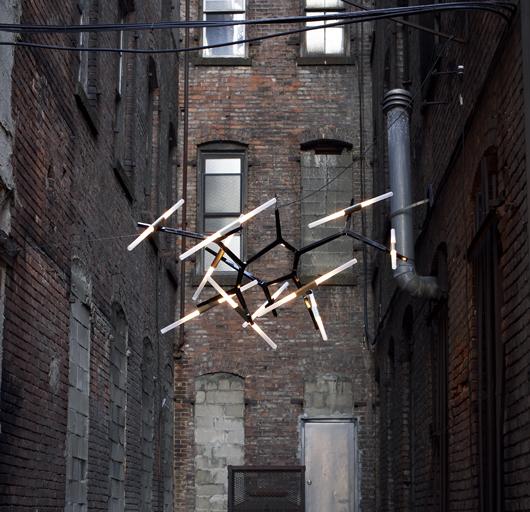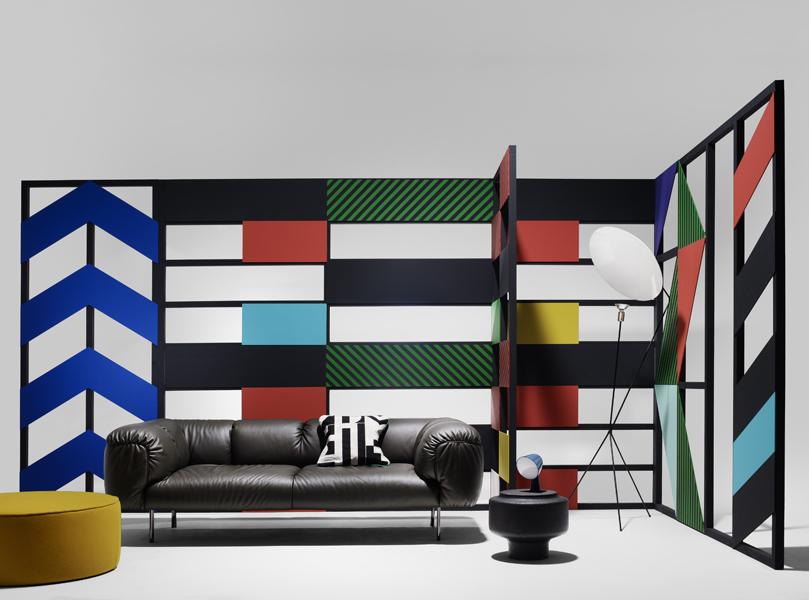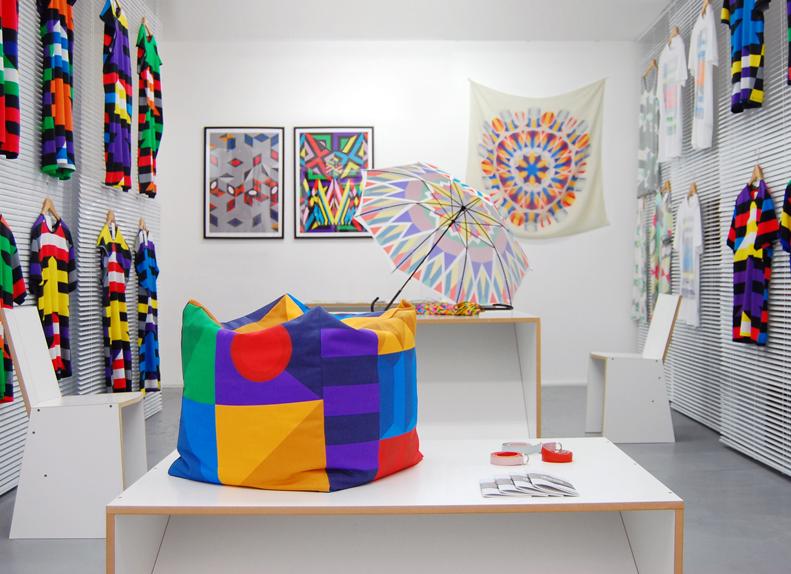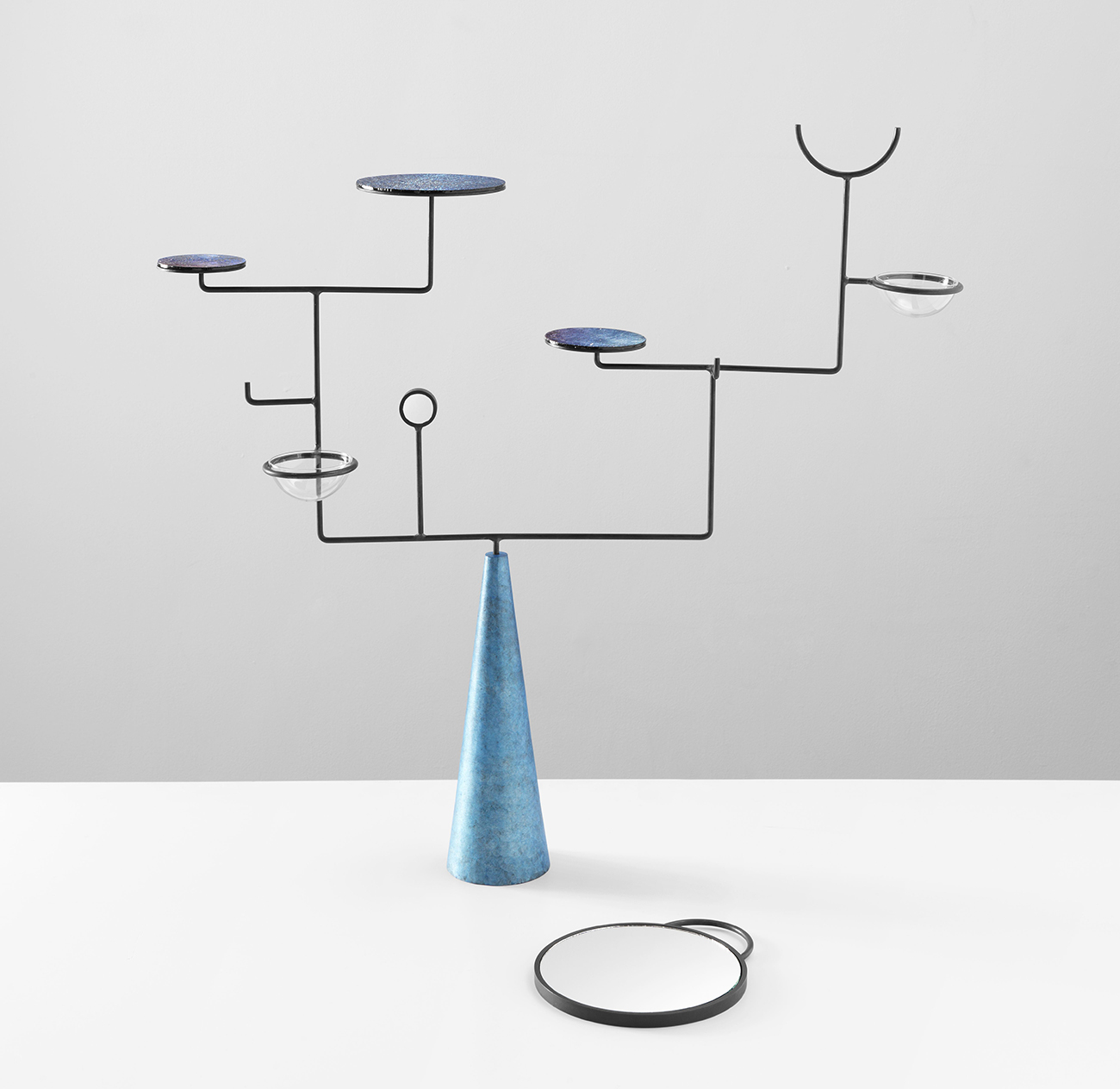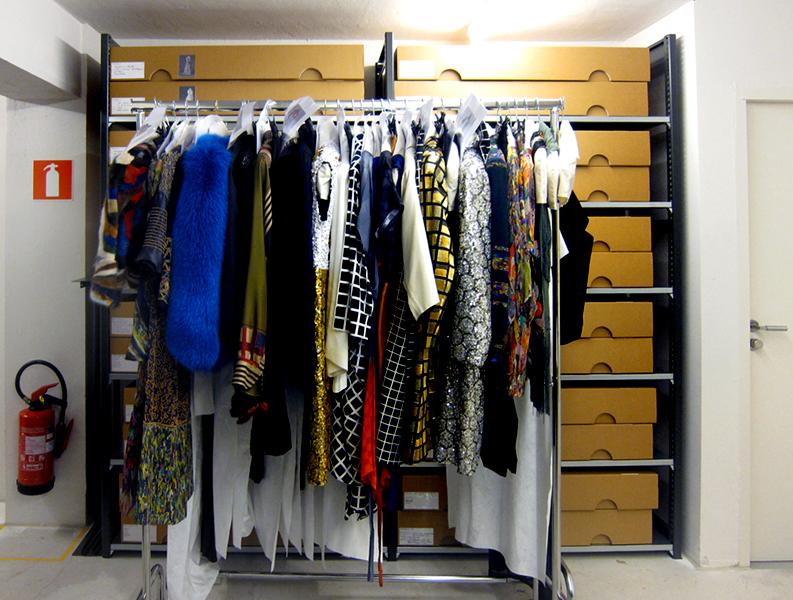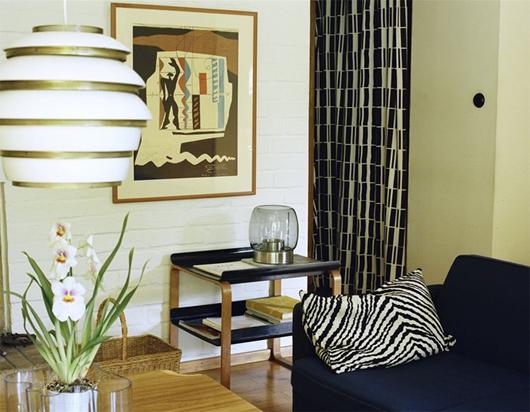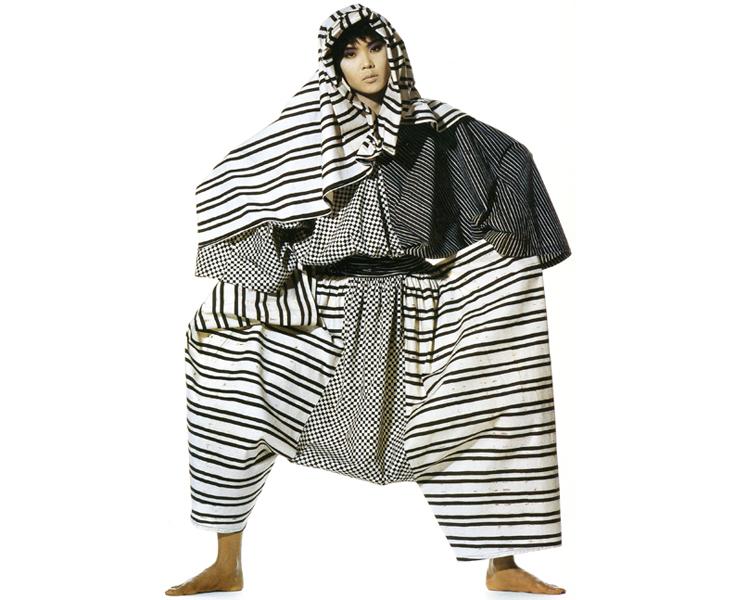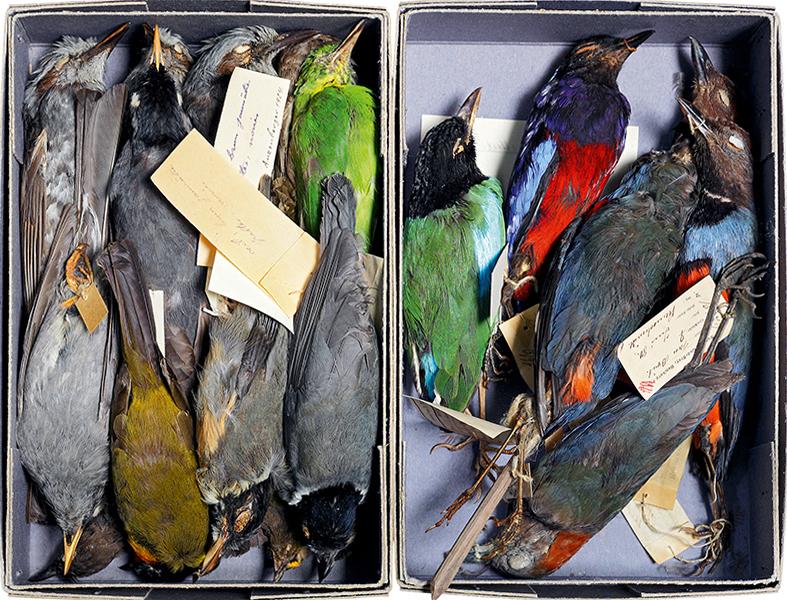
10.16.12
Excerpt: Book
Cabinets of Wonder
Back in 2006, when Freeman's opened in New York and Jason Miller's Antler chandelier was selling like hotcakes at The Future Perfect in Williamsburg (it probably still is), that whole taxidermy thing hit hard — stuffed deer heads suddenly becoming the de facto symbol for a style movement dedicated to the return to nature, the embracing of all things old-fashioned, and in many cases, the compulsion to dress like a bearded woodsman. Six years later, some of the less meaningful elements of that trend have subsided, while its obsession with authenticity and craftsmanship have, thankfully, hung on strong. We would also argue for the longevity of another development that arose around that time but strikes us as evergreen: the fascination with curiosities, and cabinets of curiosity, that may have hit its modern fever pitch recently but seems somehow endemic to the human psyche. We are by nature collectors, prone to hunting, preserving, and displaying our treasures both for our own amusement and to impress others. And most of us, too, have a dark side — the kind that can't help but find beauty in bones, bugs, and dead things, provided they're presented to us in the right context. That's why we felt so compelled to share with our readers the contents of a new book out on Abrams this month called Cabinets of Wonder, which is a full-color romp through the world of natural oddities, memento mori, and other dark artifacts.
